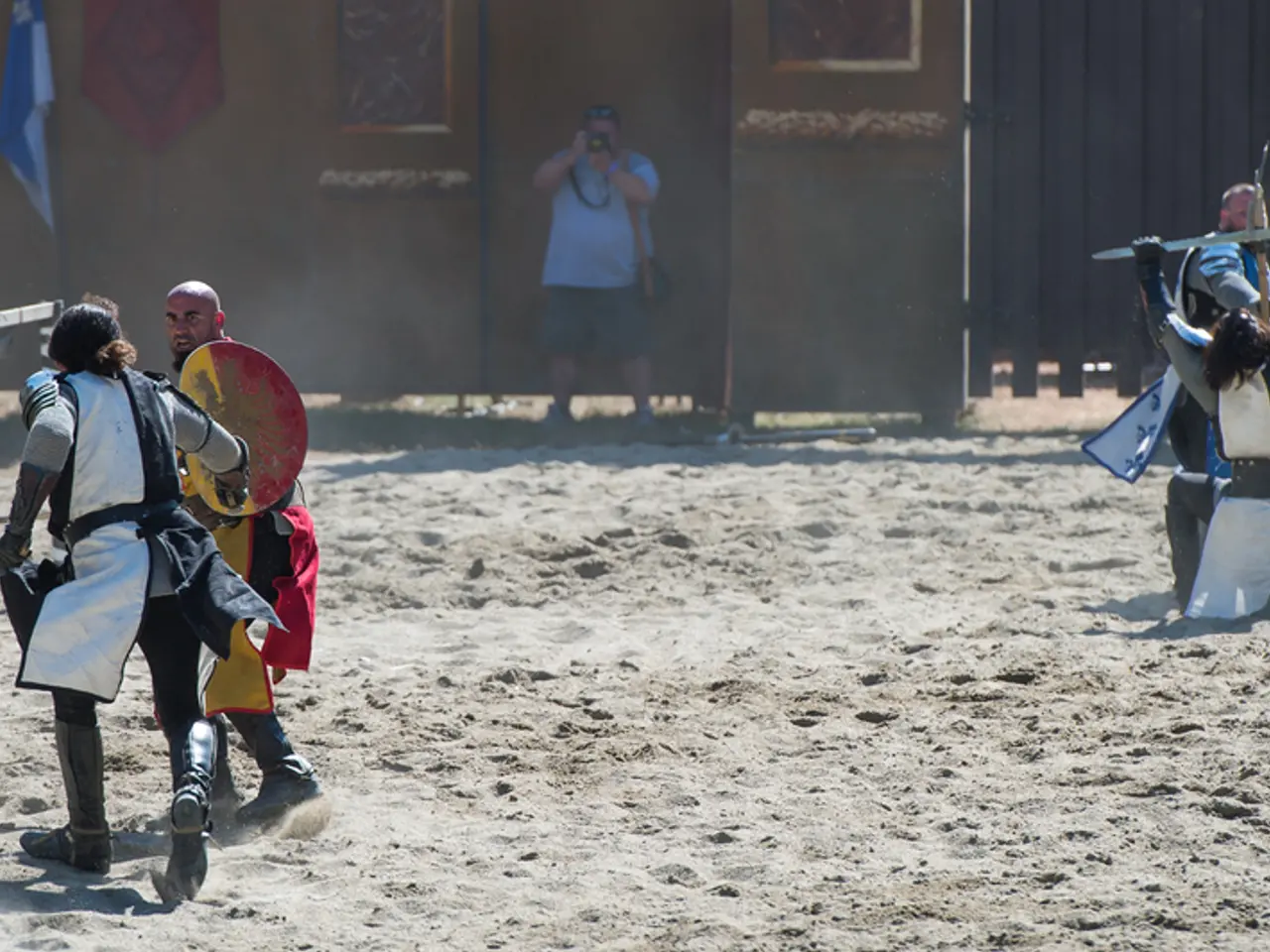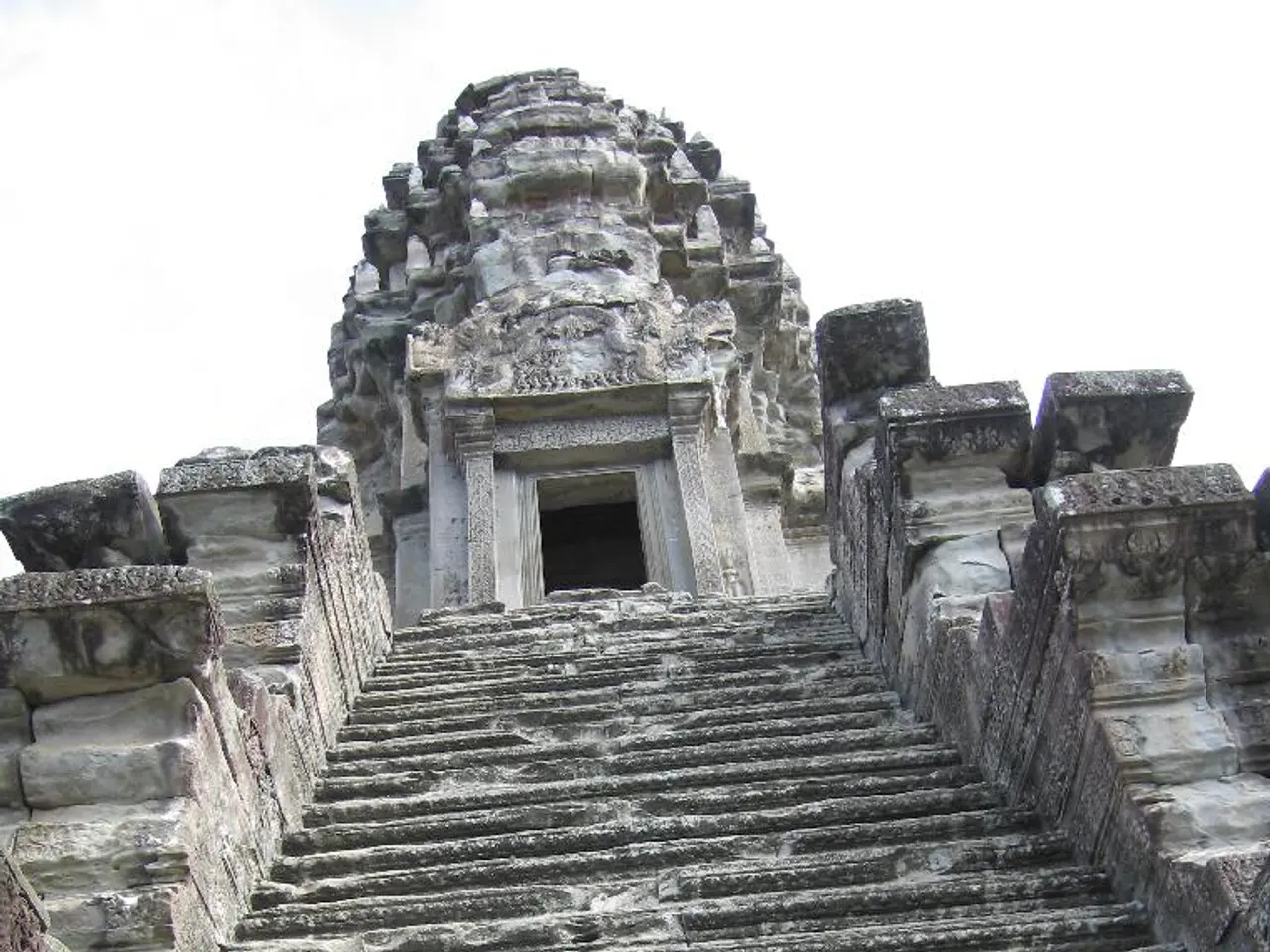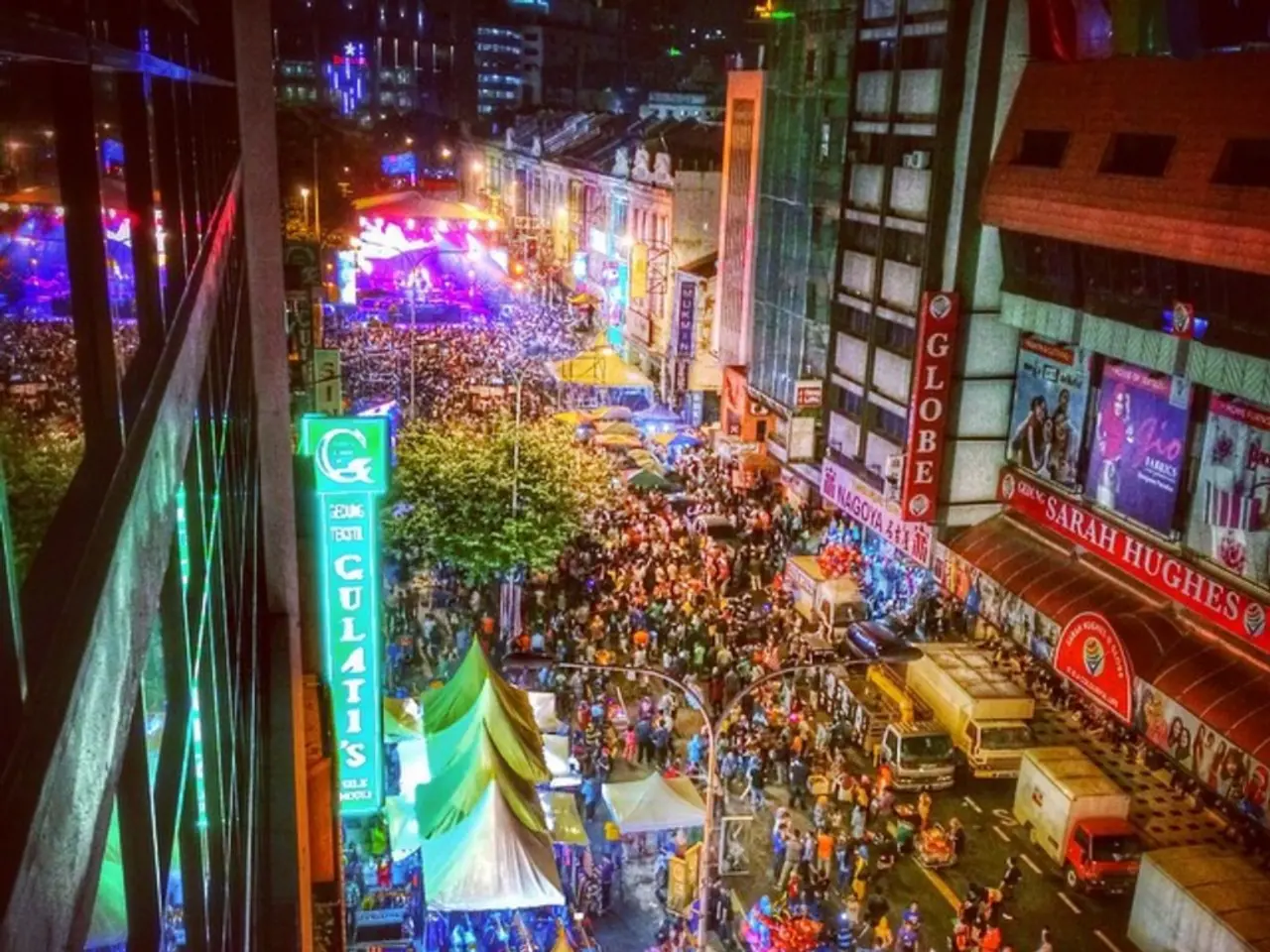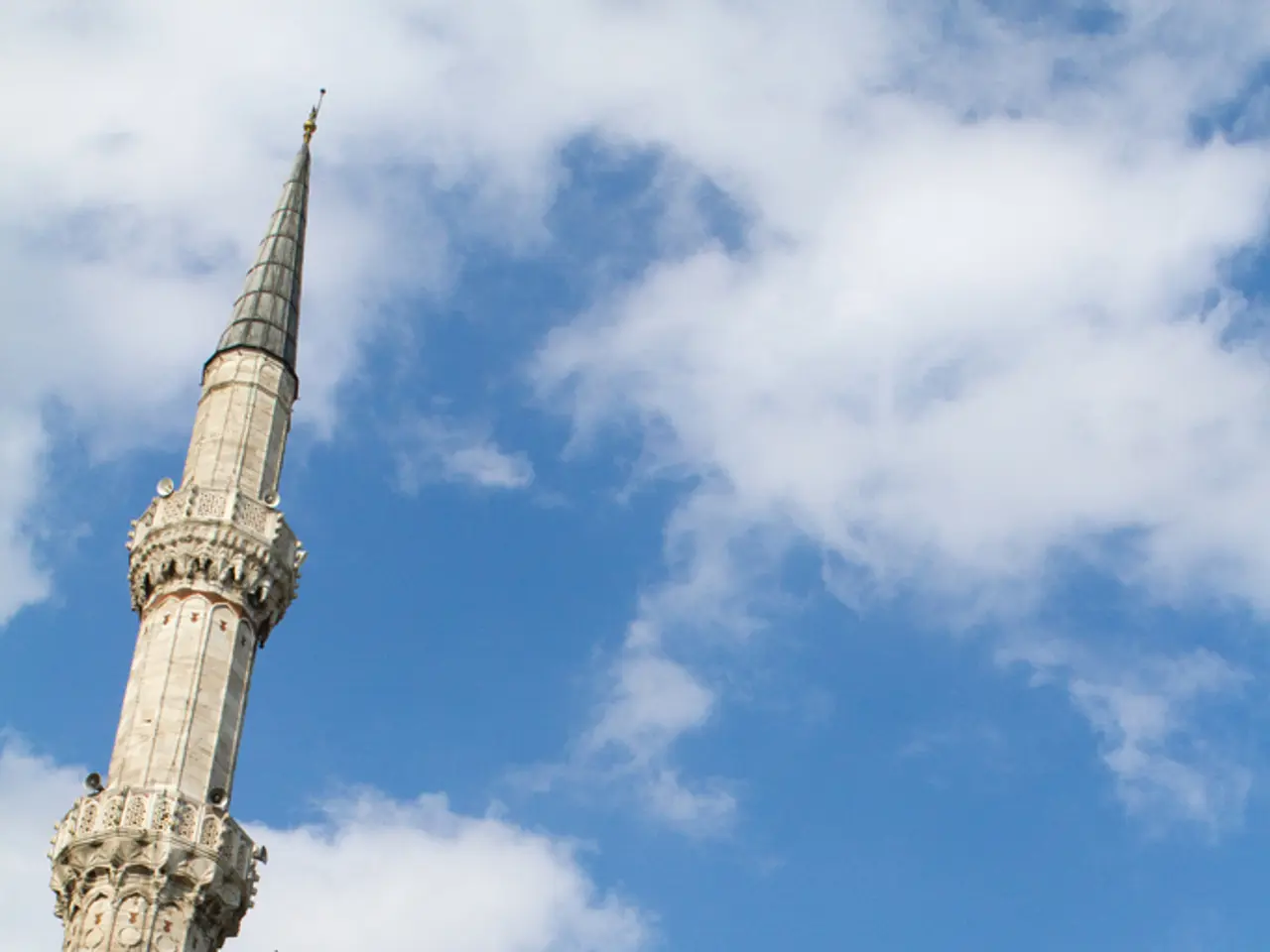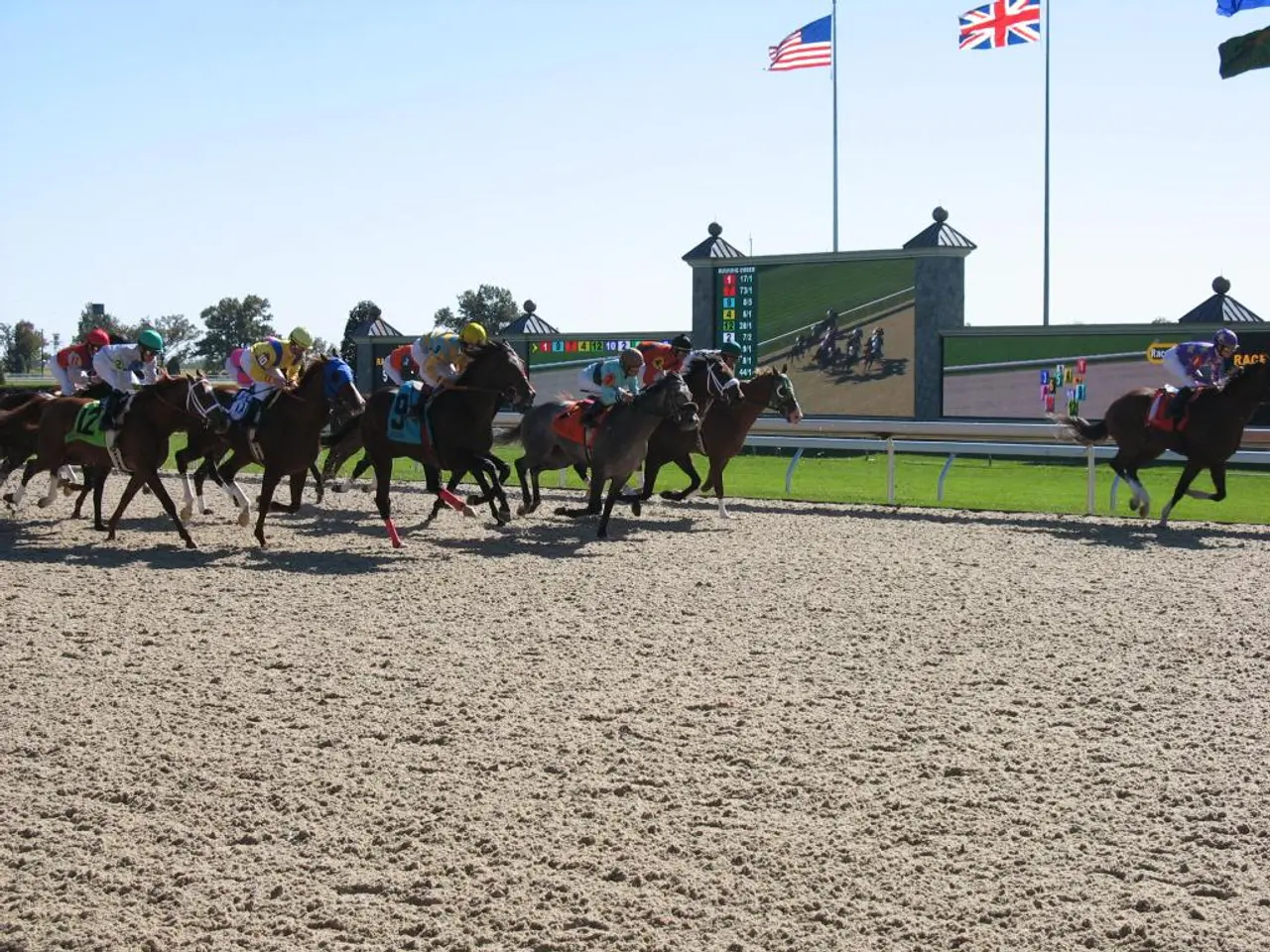Thailand and Malaysia's military leaders convened to debate the current state of the Thailand-Cambodia border dispute.
In the heart of Southeast Asia, the Thai-Cambodia border conflict has escalated, with clashes resuming near disputed temple sites such as Preah Vihear and Ta Muen Thom. The fragile ceasefire declared on July 28, 2025, collapsed within hours, leading to artillery exchanges, airstrikes, and significant displacement of civilians.
The root of the conflict lies in differing map interpretations along the border, a problem that has been simmering for years, rooted in colonial-era demarcations. Amidst this turmoil, Malaysia has emerged as a critical facilitator and mediator of peace talks.
On July 28, 2025, a high-level meeting took place in Ubon Ratchathani province, Thailand, at Wing 21. Present were Thai military leaders and the Malaysian Chief of Defence Forces, who discussed proposed solutions to the situation.
The Thai side reiterated its commitment to peace, stating that any ceasefire violations would be addressed through formal protests in accordance with the Memorandum of Understanding (MOU). However, Cambodia's actions, including military deployments and landmines in disputed areas, were identified as breaches of the Ottawa Convention.
Lt Gen Boonsin Padklang, Commander of the Second Army Region, explained the origins of the conflict between Thailand and Cambodia. In response, the Malaysian Chief of Defence Forces proposed that should Thailand feel provoked, the situation could be addressed through coordination between the Thai and Malaysian military attaches or a designated coordination team.
An agreement was also made to send ASEAN military attaches to observe the situation along the Thailand-Cambodia border ahead of the General Border Committee (GBC) meeting on August 4. Malaysia's role in these negotiations was encouraged by external powers including the United States and China and took place under Malaysia’s chairmanship of ASEAN in 2025.
Despite the ceasefire's breakdown, analysts remain cautiously optimistic about the truce's durability. However, they emphasize the need for strong enforcement and monitoring mechanisms, especially given the high nationalist fervor and domestic political manipulation in both countries.
As the conflict continues, Malaysia's role as a peacemaker remains crucial. The success of the ceasefire and, ultimately, a peaceful resolution to this deeply rooted conflict, depends heavily on the cooperation of both parties.
- The International community, particularly the United States and China, are appreciating Malaysia's role as a mediator in the ongoing Thai-Cambodia border conflict, which involves war-and-conflicts, as Malaysia's chairmanship of ASEAN in 2025 shapes the negotiations.
- Amidst the general-news of the escalating Thai-Cambodia border conflict and the respective nationalist fervor in both countries, crime-and-justice issues such as breaches of the Ottawa Convention, like Cambodia's deployment of landmines, become crucial points of discussion in the peace talks.
